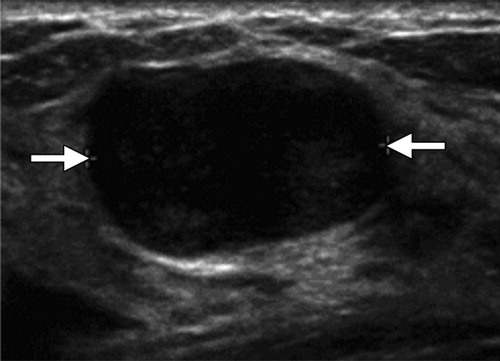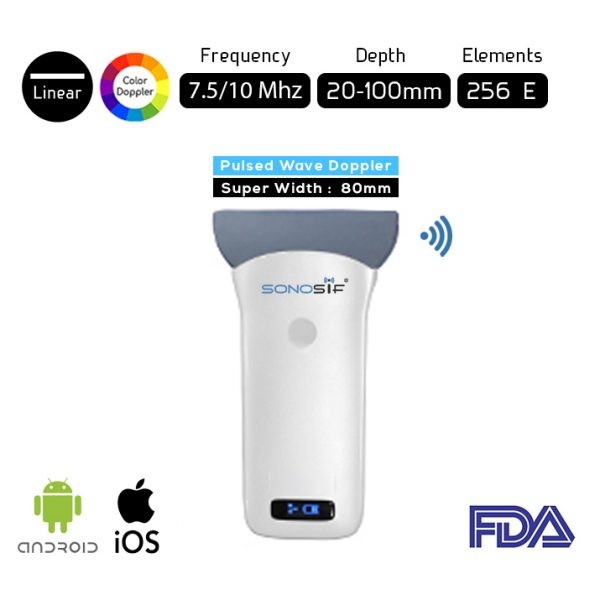- Immediate contact :
- +1-323-988-5889
- info@sonosif.com

Kidney Ultrasound
September 24, 2020
Cardiac Ultrasound: Echocardiography
September 29, 2020Breast masses which is also known as Breast lamp, and referred to a mass that develops in the breast. Breast masses vary in size and texture and cause pain. Some are not found until a physical or imaging exam.
Most BM are benign ( non-cancerous). Yet, it is a cause of great concern, which high frequency, high- resolution Ultrasonography helps in its assessment.
Breast ultrasound uses sound waves to create pictures of the inside of the breasts. It can capture images of areas of the breast that may be difficult to see with mammography. It can also help to determine whether a breast mass (lump) is solid or fluid.
Which ultrasound scanner is best for Breast Masses diagnosis?
Since using a high-frequency Ultrasound is vital to assess Breast Masses, SONOSIF ‘s Research and Development team always recommends the super width Linear Ultrasound Scanner SWL1CD to our oncologists, pathologists, and Breast Surgeons clients.
By sonographic images, it is possible to distinguish between benign lesions and malignant lesions of the breast. Also, the Ultrasound is essential for diagnosing the breast lump type and determining the best treatment.
Moreover, there are many different types of benign breast Masses. Most are either cysts or Fibroadenoma. The first one is cysts which are round sacs of fluid that build in the breast tissue. You can have one or more cysts and they vary in size, and you’re most likely to get them between the ages of 35 and 50 ( they come and go). Second, Fibroadenoma, these are solid growth of tissue which may move underneath your fingers as you check your breast (they are not sore).
They are the most common type of benign breast Lump and you’re most likely to get one between the age of 16 and 24.
In addition to these two, we can mention Breast infection, Phyllodes tumor, Fat necrosis, Sclerosing adenosis ( This is usually a small, painful, and firm lump. This type of lump is sometimes found on a mammogram during breast screening), and intraductal papilloma.
To sum up, Breast masses have a variety of etiologies, benign and malignant. Fibroadenoma is the most common benign breast mass; invasive ductal carcinoma is the most common malignancy. Most masses are benign, but breast cancer is the most common cancer and the second leading cause of cancer deaths in women.

References: Breast Lumps , Evaluation of Palpable Breast Masses,





